
MannKind suspended discussions with potential partners for the commercialization of its "Technosphere Insulin" product.

MannKind suspended discussions with potential partners for the commercialization of its "Technosphere Insulin" product.

Also, Alcon plans to open Singapore facility, Pharmacopeia president and CEO retired, more...

Also, Jubilant Organosys to acquire DRAXIS Health, PPD's Paul Covington to retire, more...

Also, VaxGen and Raven terminate merger agreement, Darren Head appointed CEO of Cytovance, more...

The former formulation-development business of MDS Pharma Services seeks to build its niche in early-phase drug development.

A reference book omits important information and ignores advanced testing procedures.

The economic case for personalized medicine offers a solution to the industry's recent woes.

A changing regulatory environment is on the horizon for excipient suppliers and users.
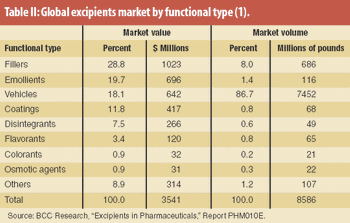
Moderate growth is projected for the global excipients market. Excipient producers target blends and new grades for improving functionality and performance.

The FDA itself issues a cry for help. Is anybody listening?

Excipient producers and industry observers share their perspectives on innovation for excipients.

Antibodies are highly specific molecules that can be tailored to recognize almost any stretch of peptide that nature can conjure: a feature that has been exploited for years now to produce therapeutic antibodies.

What makes a drug ripe for respiratory delivery?
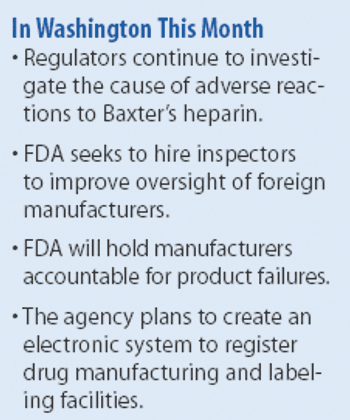
Heparin contamination casts a shadow on regulatory oversight of product quality.
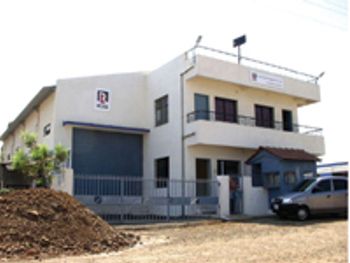
Brief pharmaceutical news items for April 2008.

Most CROs are entering China with expectations that a significant local market opportunity will develop as major pharmaceutical companies establish research development operations there...
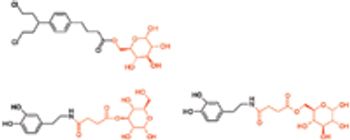
The blood–brain barrier (BBB) forms an interface between the circulating blood and the brain, and functions as a tremendously effective barrier for the delivery of potential neurotherapeutics into the brain parenchyma. Conversely, the BBB possesses various carrier-mediated transport systems for the uptake of small molecules, such as essential nutrients and vitamins. These transporters have become an attractive target for drug/prodrug design in an attempt to ferry drug molecules across the BBB. Central nervous system (CNS) drug delivery is often limited by poor brain penetration of the potential drug candidate. As a result of its unique barrier properties, the BBB poses a huge challenge for the delivery of potential neurotherapeutics into the brain parenchyma.1 It is estimated that only 2% of small-molecule drugs and ,0.1% of novel protein and peptide pharmaceuticals developed for CNS diseases reach therapeutic concentrations in the brain.2,3 Many of the pharmacologically active drugs tend to fail..

Manufacturing facilities must be inspected by members of regulatory bodies. However… these bodies are woefully inadequate at performing the task.
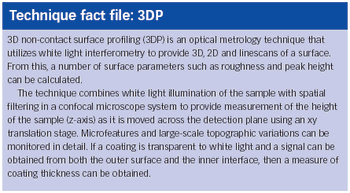
Our company is involved in developing and manufacturing APIs that can be utilized with drug-eluting stents (DES). Despite ensuring constancy in pharmaceutical composition, we are experiencing issues with variations in drug release during in vitro studies. We are working closely with a stent manufacturer to develop the system, but could surface analysis techniques investigate the problem further?
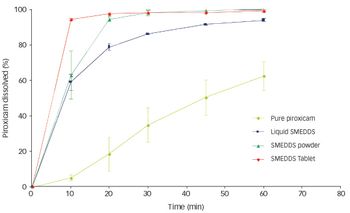
Spraying techniques can be used to produce powder form formulations. The concept works by the adsorption/absorption of a liquid SELF onto a neutral carrier…

A microelectronic system based on radio-frequency (RF) cell ablation addresses limitations of other transdermal drug-delivery methods. This system expands the transdermal spectrum to include the delivery of water-soluble molecules, peptides, proteins, and other macromolecules.

Investigators are exploiting the tremendous structural diversity of polypeptides and their biophysical properties to develop novel drug carriers. Peptide-based materials hold out much promise for tailor-made targeting, penetration, and release of contents in a host of biological microenvironments.

For pediatric and geriatric patients, fast-dissolving drug-delivery systems provide an easier way to take medications and vitamins. Oral thin films have evolved to provide systemic delivery of active pharmaceutical ingredients for over-the-counter and soon, prescription drugs. The authors review the practical benefits of dissolvable films, their manufacture, and their market potential.

Liquid and semisolid encapsulation using two-piece hard capsules is an ideal drug delivery approach for highly potent compounds and poorly water-soluble drugs. The authors detail the factors to reduce risk when designing and operating a facility for secondary manufacturing of highly potent drugs.

The nature of their application and their mode of use mean that prefilled syringes meet the regulatory definitions of immediate packaging or container–closure systems.